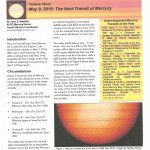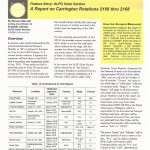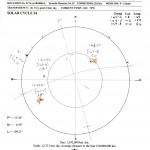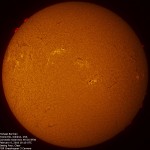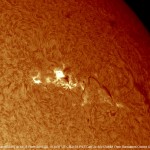March 30, 2016
The 2016 Mercury Transit
Have you already made any plans for the Mercury Transit which is coming upon us very fast? Dr. John E. Westfall, the Coordinator of the Venus and Mercury Section wrote a marvelous article in the Spring Journal of the ALPO about the transit which is to happen on May 9th. We are encouraging everyone to read this in order to become familiar with what to expect, and if you actually observe or image the event, we always appreciate your submissions for our archive via email to solarimages@alpo-astronomy.org .
In addition, those who might take on the challenge to calculate the length of the Astronomical Unit (distance between the Earth and the Sun), might research the Solar Section’s archive the days after the event to look for the right images captured by individuals separated far enough from each other to extract the data they need for this effort. Follow the link here to download Dr. Westfall’s article.
http://www.alpo-astronomy.org/solarblog_2017/wp-content/uploads/2016/03/MercuryTransit-May2016byWestfall.pdf

